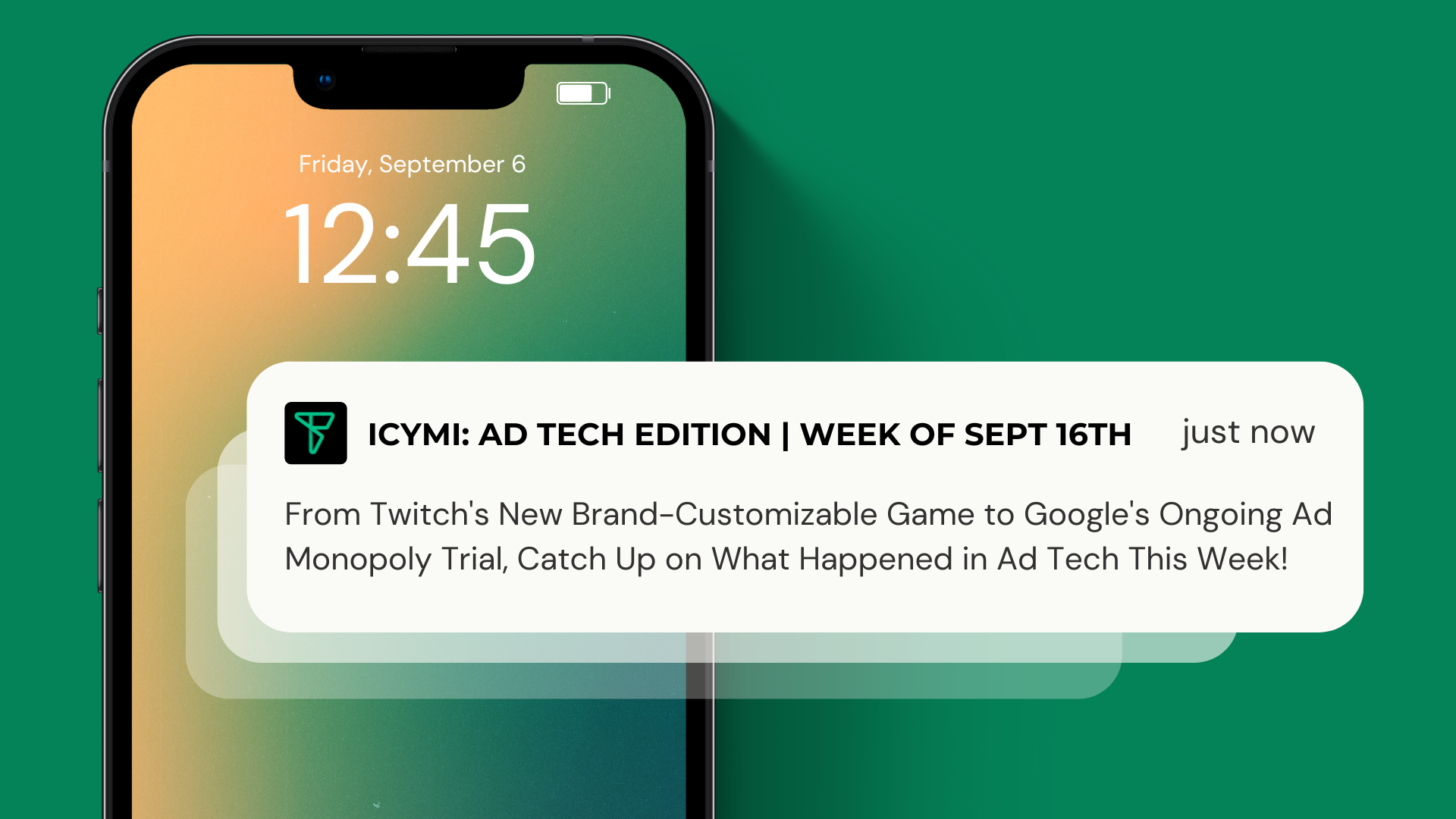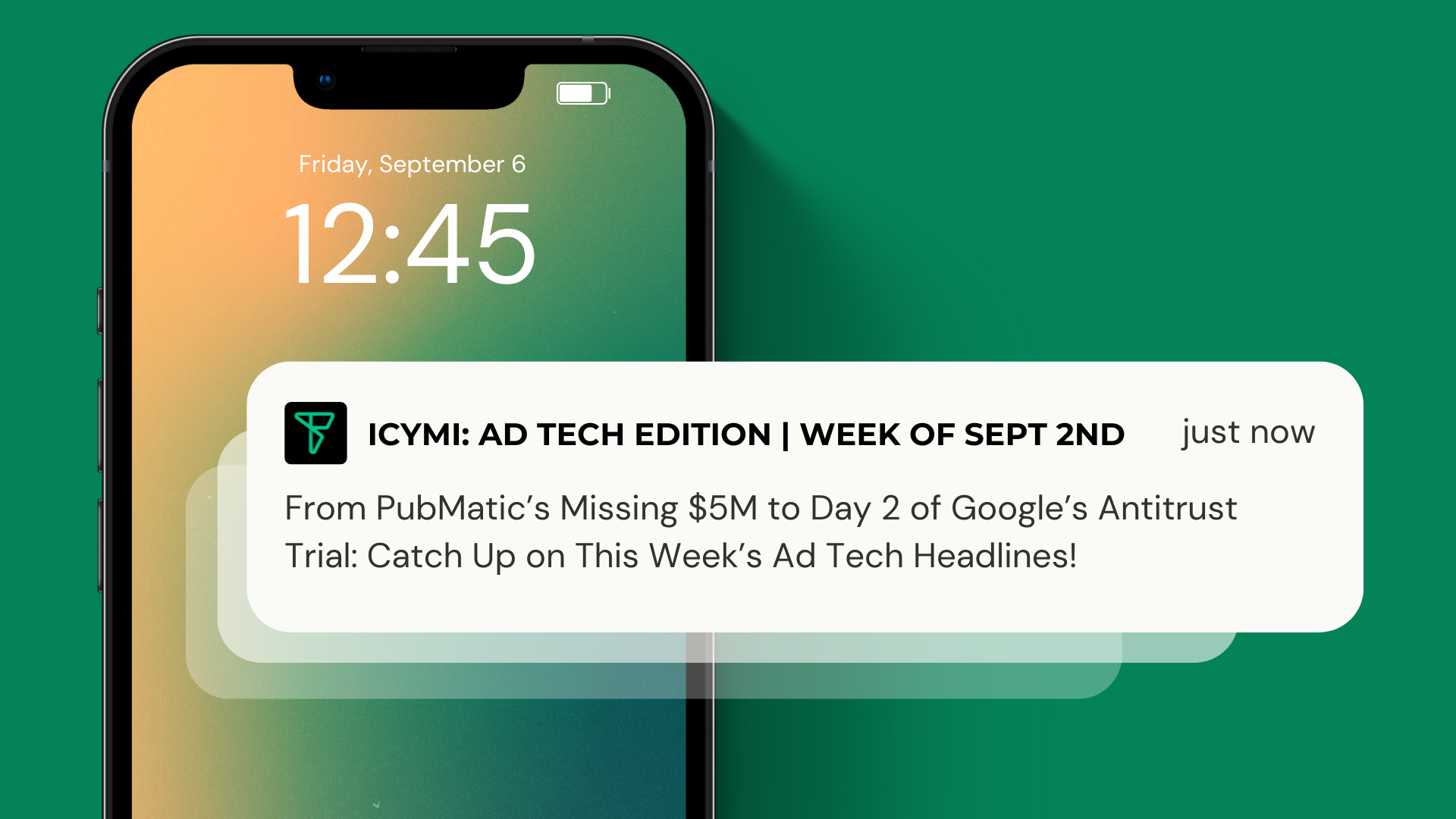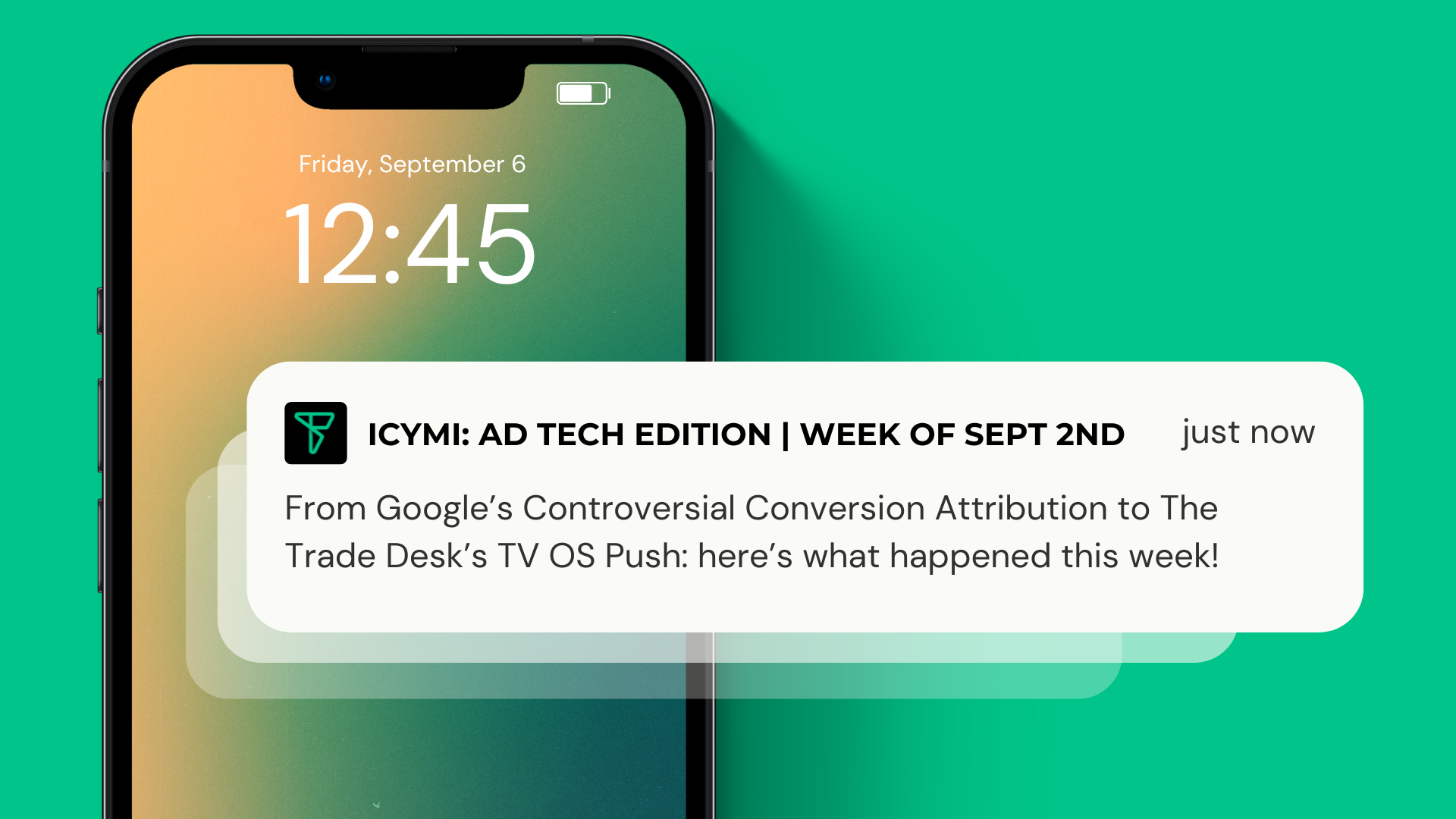Bits and Bobs from around the industry:
It’s MFA Freedom Day! Celebrate By Fixing Your Supply Chain
February 24th, designated as Made-for-Advertising (MFA) Freedom Day, symbolizes the point in the year when advertisers cease funding spammy and undesirable MFA sites, based on the ANA Programmatic Media Supply Chain Transparency Study. The study revealed that 15% of ad spend goes to MFA sites, and MFA Freedom Day marks the end of these payments for the year. Advertisers lose an additional 26% on non-viewable, non-measurable, and invalid traffic, totaling a third of their media productivity.
The ANA study emphasized the need for transparency and access to granular log-level data, exposing a $22 billion waste in ad spend. The article suggests five steps for advertisers to enhance transparency and ROI:
- Eradicate MFA: Eliminate MFA sites to save money and improve campaign effectiveness.
- Ascend the LLD data throne: Demand transparent log-level data access and work with partners providing granular insights.
- Benchmark with the best: Participate in ANA transparency benchmark initiatives to measure progress against industry leaders.
- Embrace TrueKPIs: Adopt the ANA’s TrueKPI framework for efficient campaigns, moving beyond vanity metrics.
- Champion quality journalism: Prioritize quality over price, supporting professional media outlets for long-term brand and performance goals.
By focusing on transparency, data-driven insights, and quality journalism, advertisers can celebrate successful campaigns while avoiding wasted time and resources associated with MFAs.
Amazon wants a bigger slice of the DSP ad tech market
Amazon is actively encouraging advertisers to utilize its demand-side platform (DSP) for programmatic ads beyond its own ecosystem. The company aims to broker deals and partnerships with ad tech vendors, especially supply-side platforms (SSPs), to facilitate easier ad buying in-app and connected TV (CTV) environments. Amazon is making significant investments in these deals, focusing on enhancing the DSP’s capabilities for in-app and CTV advertising. By securing better access to premium inventory, Amazon hopes to attract more advertisers and increase spending on its DSP over time. The company is positioning itself as a dominant force in the programmatic ad space and is actively working on collaborations and upgrades to compete with major DSPs like The Trade Desk and Google’s DV360. Advertisers are being approached to use the Amazon DSP for purchasing ads on Prime Video, with the potential for expanded usage and increased spending.
Google Responds to the IAB Tech Lab’s Scathing Privacy Sandbox Report: “It’s Full of Inaccuracies”
In response to the IAB Tech Lab’s analysis of Google’s Privacy Sandbox, Google has disputed several points, emphasizing that the Privacy Sandbox is not intended as a direct replacement for third-party cookies. Google thanked the IAB Tech Lab for their perspective but criticized the analysis, citing misunderstandings and inaccuracies. The IAB Tech Lab expressed concerns about the challenges associated with Privacy Sandbox, including issues related to essential event-based metrics, brand safety, on-browser computing implications, and a perceived lack of consideration for commercial requirements.
Google clarified that the primary goal of Privacy Sandbox is to enhance user privacy while supporting efficient digital advertising. The Privacy Sandbox APIs are not meant to replace third-party cookies or cross-site identifiers directly. Google acknowledged the need for adaptation and innovation in digital advertising methods to align with privacy goals, emphasizing that this shift requires investment, effort, and collaboration.
The response from Google delves into specific inaccuracies highlighted by the IAB Tech Lab, offering detailed commentary and clarifications across programmatic advertising categories. For example, Google refuted the claim of the “Loss of Runtime Data for Brand Safety,” stating that buyers still receive the page URL in ad requests, and brand safety measures can be implemented during Protected Audience auctions.
Despite the differing perspectives, Google expressed openness to additional feedback from the IAB and the industry to enhance the Topics APIs and address concerns related to the Privacy Sandbox. The response reflects the ongoing industry dialogue and the challenges associated with transitioning to new privacy-focused advertising frameworks.
OpenAI’s Web Search Product Aims to Challenge Google’s Search Supremacy
OpenAI, the developer of ChatGPT, is reportedly working on a web search product in collaboration with Microsoft Bing, positioning itself as a potential competitor to Google’s search engine. While large language models like ChatGPT are powerful, they are not inherently designed for continuous updates, a critical feature for search engines. The move follows previous attempts by alternatives like DuckDuckGo and Neeva to challenge Google’s search supremacy. Despite Bing’s integration of ChatGPT, there hasn’t been a significant shift in audience behavior, with Google maintaining a substantial lead in the search market. Advertisers are advised to consider segmented audiences across platforms, adapting to changing dynamics in the search landscape and the phasing out of cookies. The success of OpenAI’s search interface against Google’s dominance remains uncertain.





